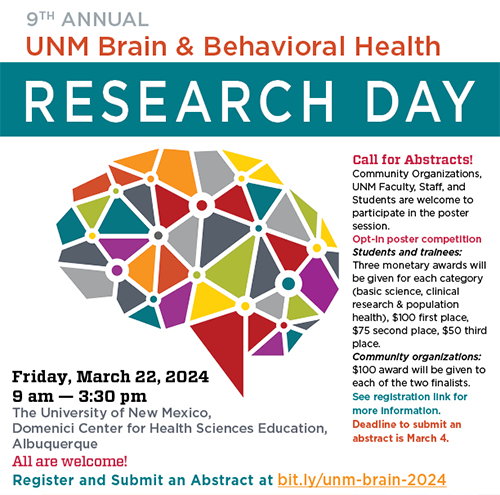Document Type
Poster
Publication Date
3-31-2023
Abstract
Anhedonia is a primary symptom of Major Depressive Disorder (MDD). In order to better understand this phenotypic dimension, we investigated a marker of reward that is sensitive to information content and valence, the Reward Positivity (RewP). This study used concurrent EEG and MEG to establish the source of the RewP in control and MDD participants. The RewP emerged as a distributed network involving ventromedial prefrontal cortex (vmPFC), anterior midcingulate cortex (aMCC), and bilateral insulae. Only the vmPFC differed between groups, whereas the aMCC/insula “salience network” areas were similarly responsive to reward prediction error. This suggests specific deficits in affective valuation in MDD. To further understand this pattern, we examined fMRI resting state functional connectivity analysis of these regions in the same participants. While vmPFC and aMCC were positively correlated at rest, this coupling was anticorrelated with depressive symptom scores within the MDD+ group. These findings suggest that, in addition to hypoactivation of vmPFC in response to reward, heavily depressed individuals may have a deficit in their ability to effectively balance the relative contributions of value and salience networks.
Recommended Citation
Pirrung, Christopher JH; Garima Singh; Davin Quinn; Jeremy Hogeveen; and James F. Cavanagh. "MEG reveals multiple sources to the Reward Positivity, only one of which is affected by Major Depression." (2023). https://digitalrepository.unm.edu/hsc-bbhrd/130


Comments
Poster presented at the Brain & Behavioral Health Research Day 2023
1st Place Poster prize for Clinical Research.